

Yadro (Nucleus), 2024
Haematite, soil, pigments and photograms, on linen
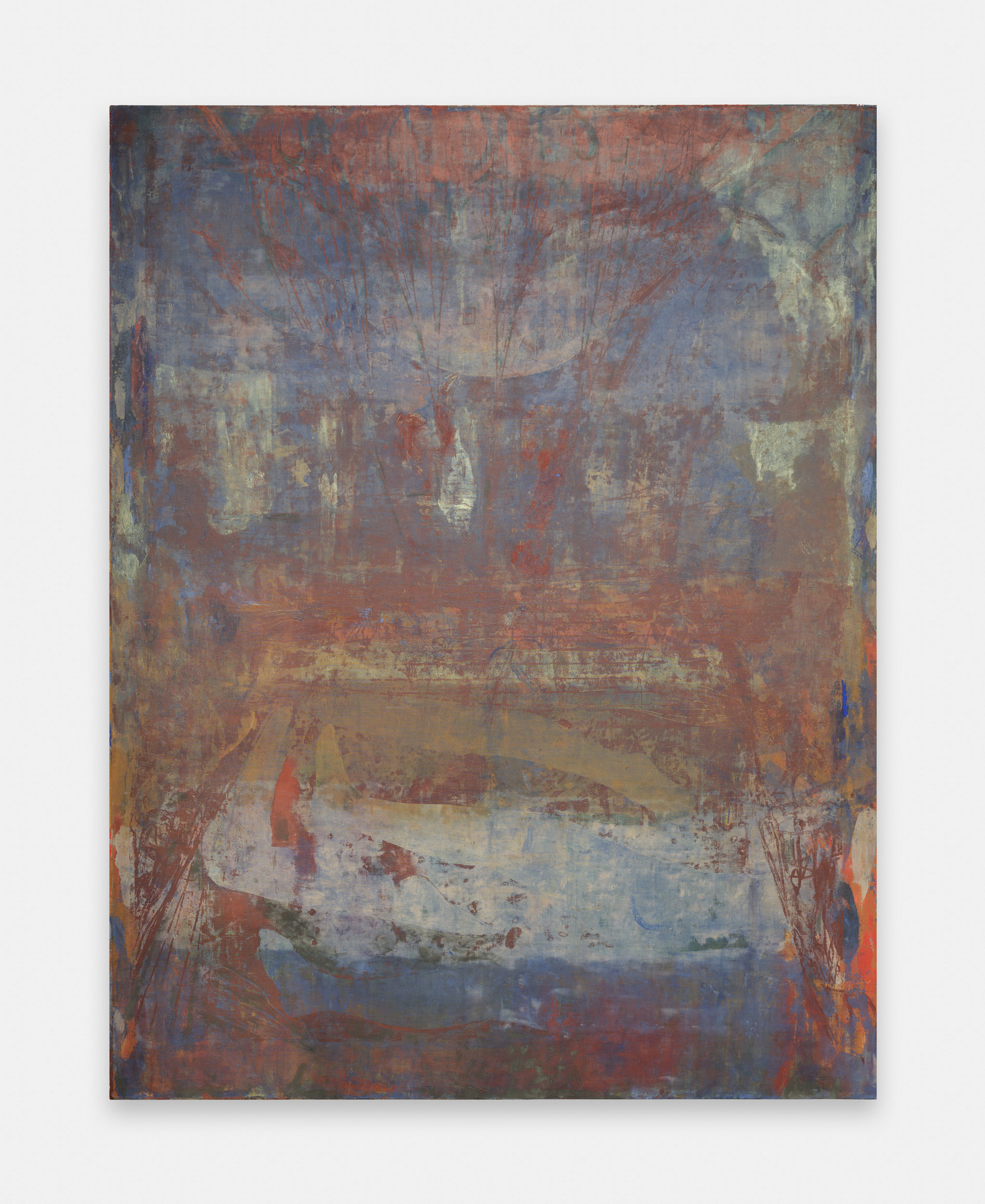

Virgin Lands, 2024
Haematite, azurite, pigments and photograms, on linen
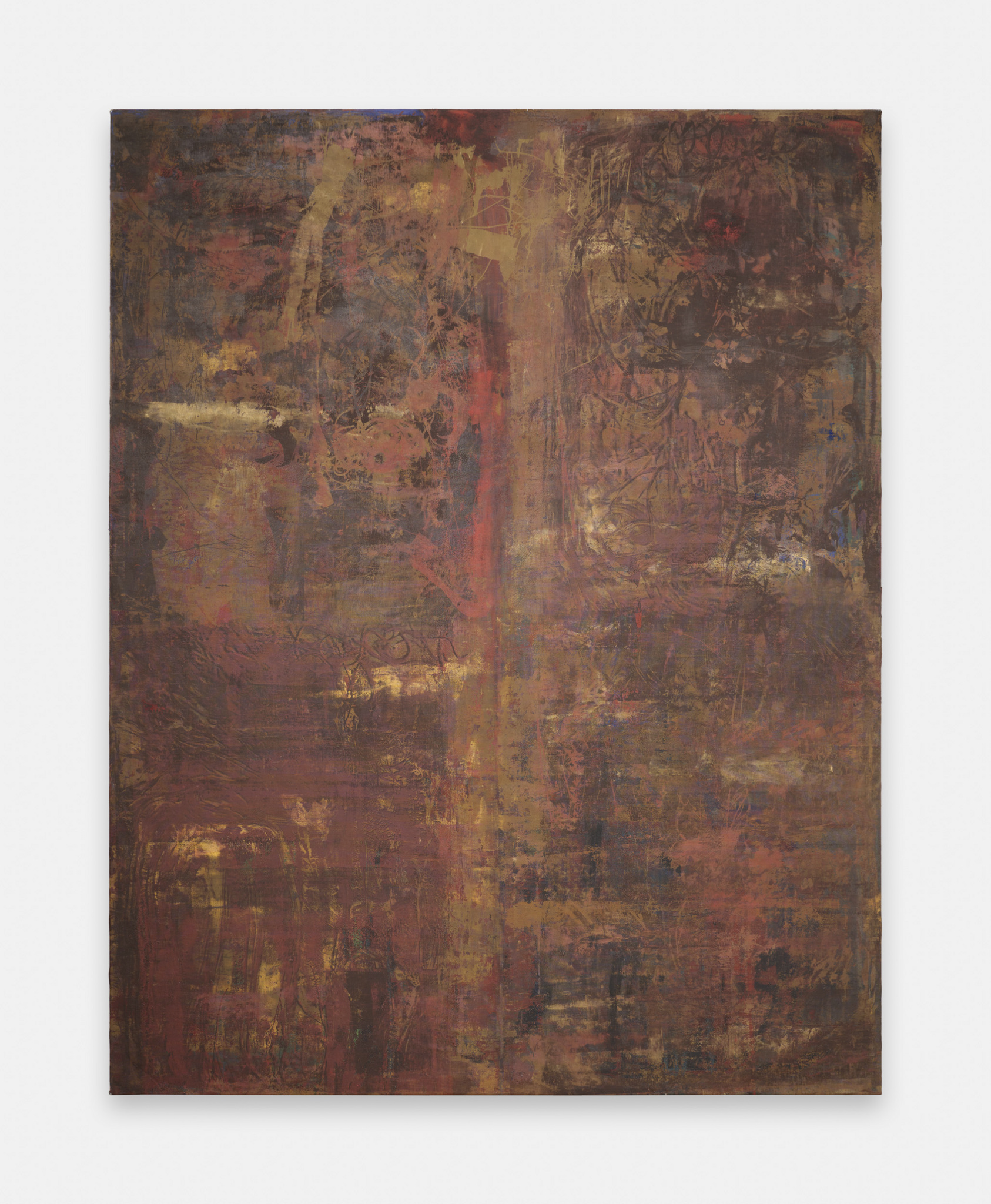
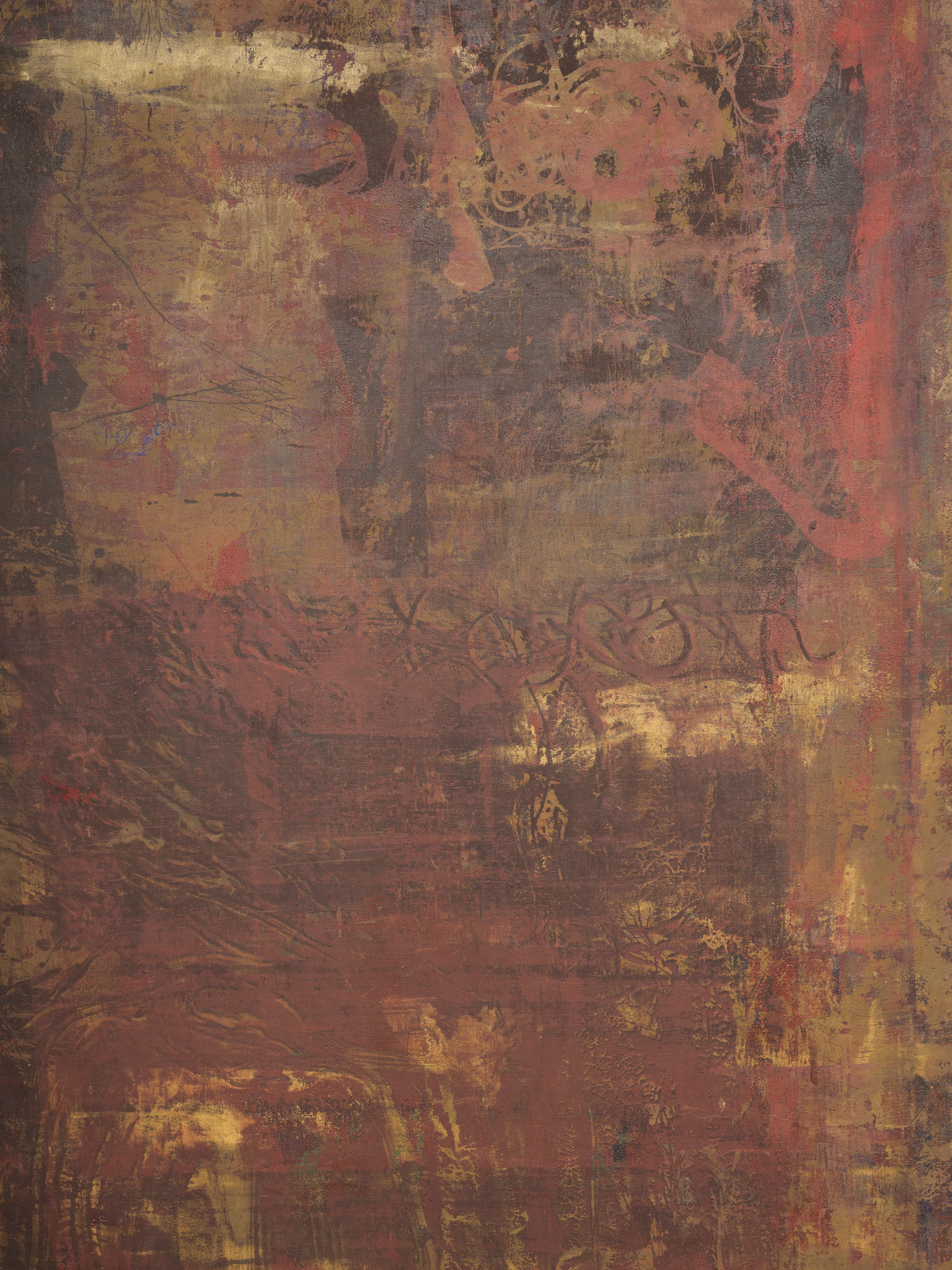
Slovo (Her Word), 2024
Haematite, soil, pigments, hair and photograms, on linen

Yavlenie
Urals soil, Baikal lake lazurite, pigments, photograms, on linen
Urals soil, Baikal lake lazurite, pigments, photograms, on linen

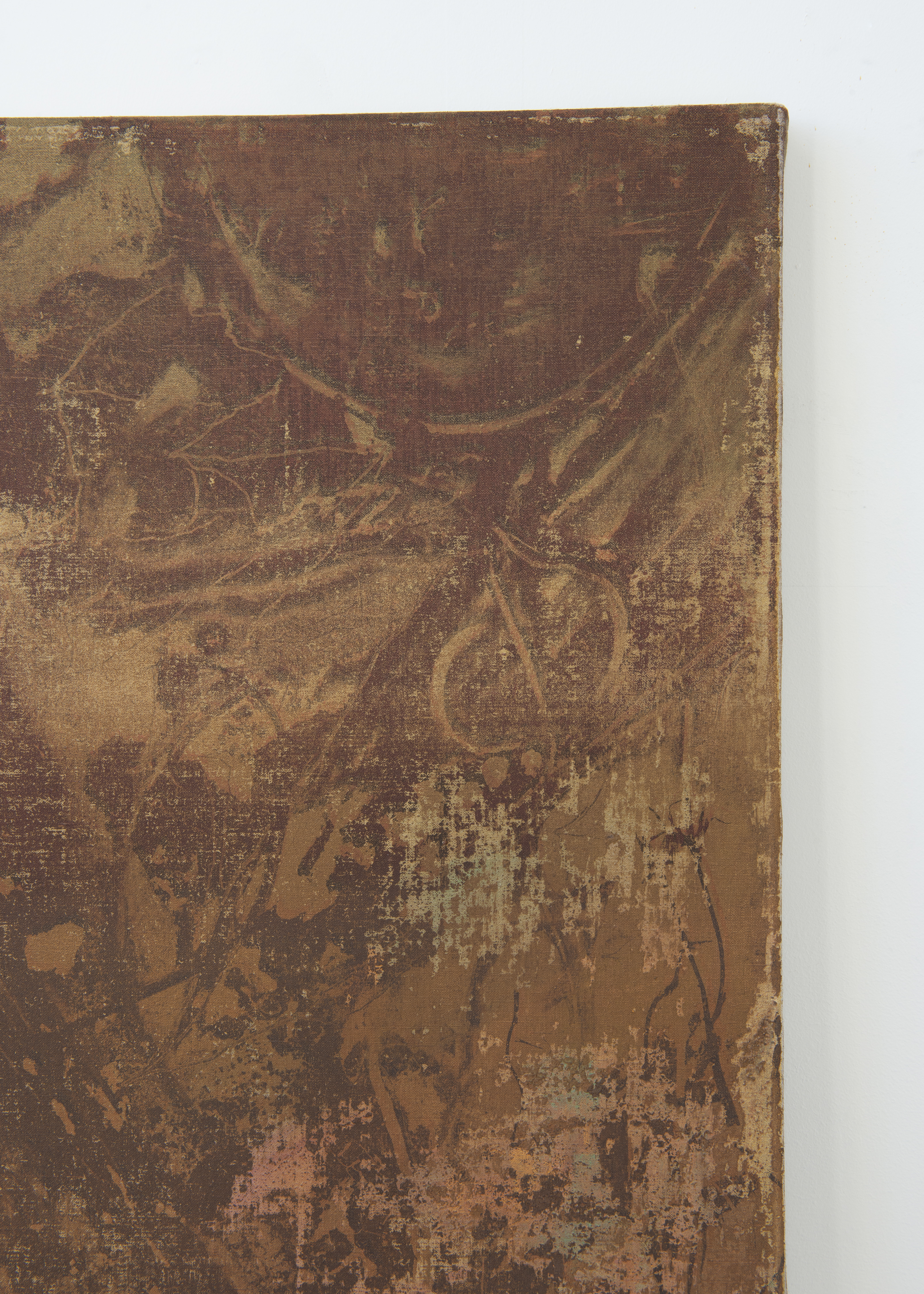
Rana (Wound)
Urals soil, photogram, pigments, hair, on linen

Svet
Pigments on linen


Uprooted Stockings
Urals soil, photograms, pigments, on linen
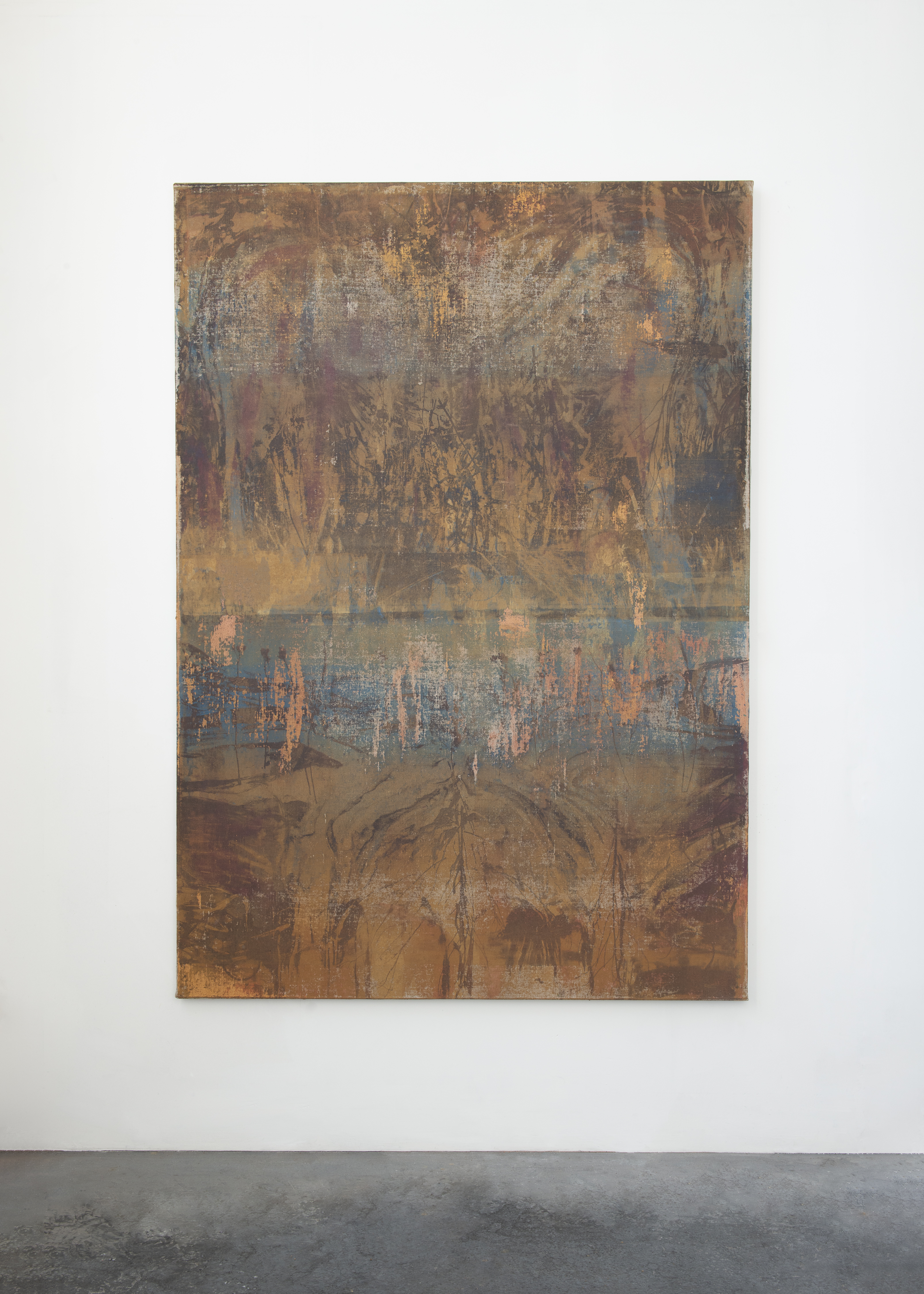
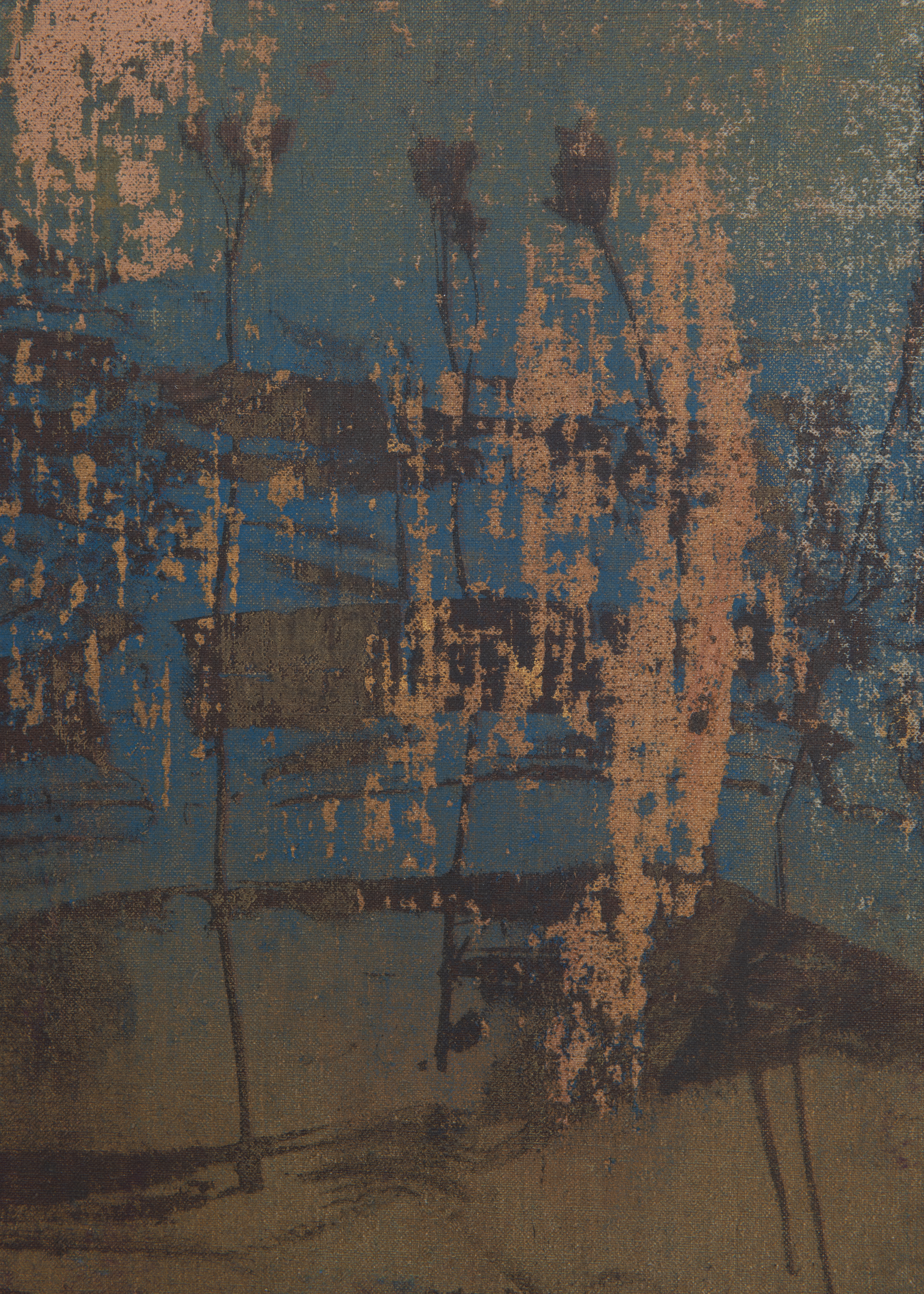
Rising Blue
Soil, Lake Baikal azurite, pigments, photograms, on linen
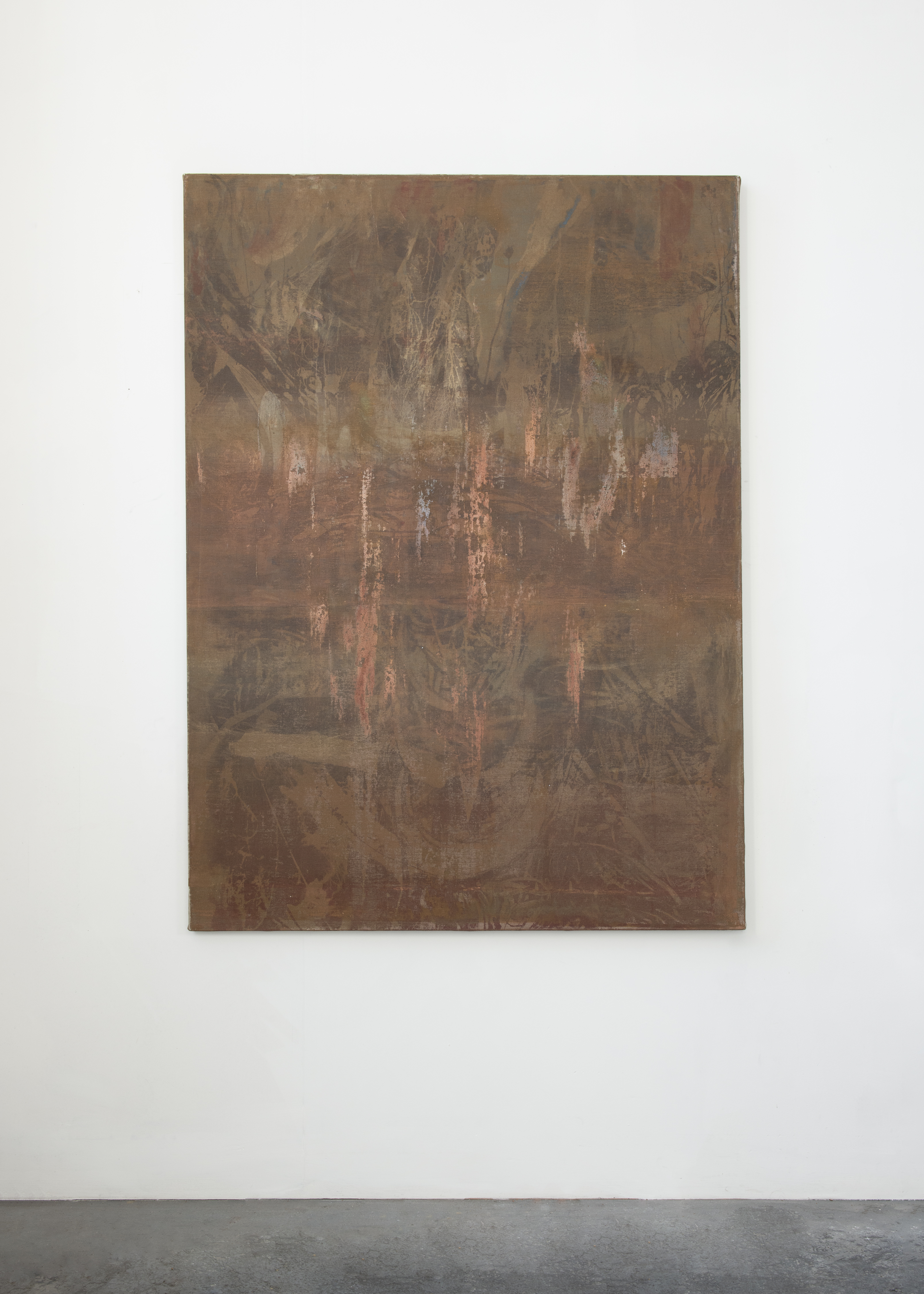
Sled (Footprint)
Urals soil, photograms, pigments, on linen
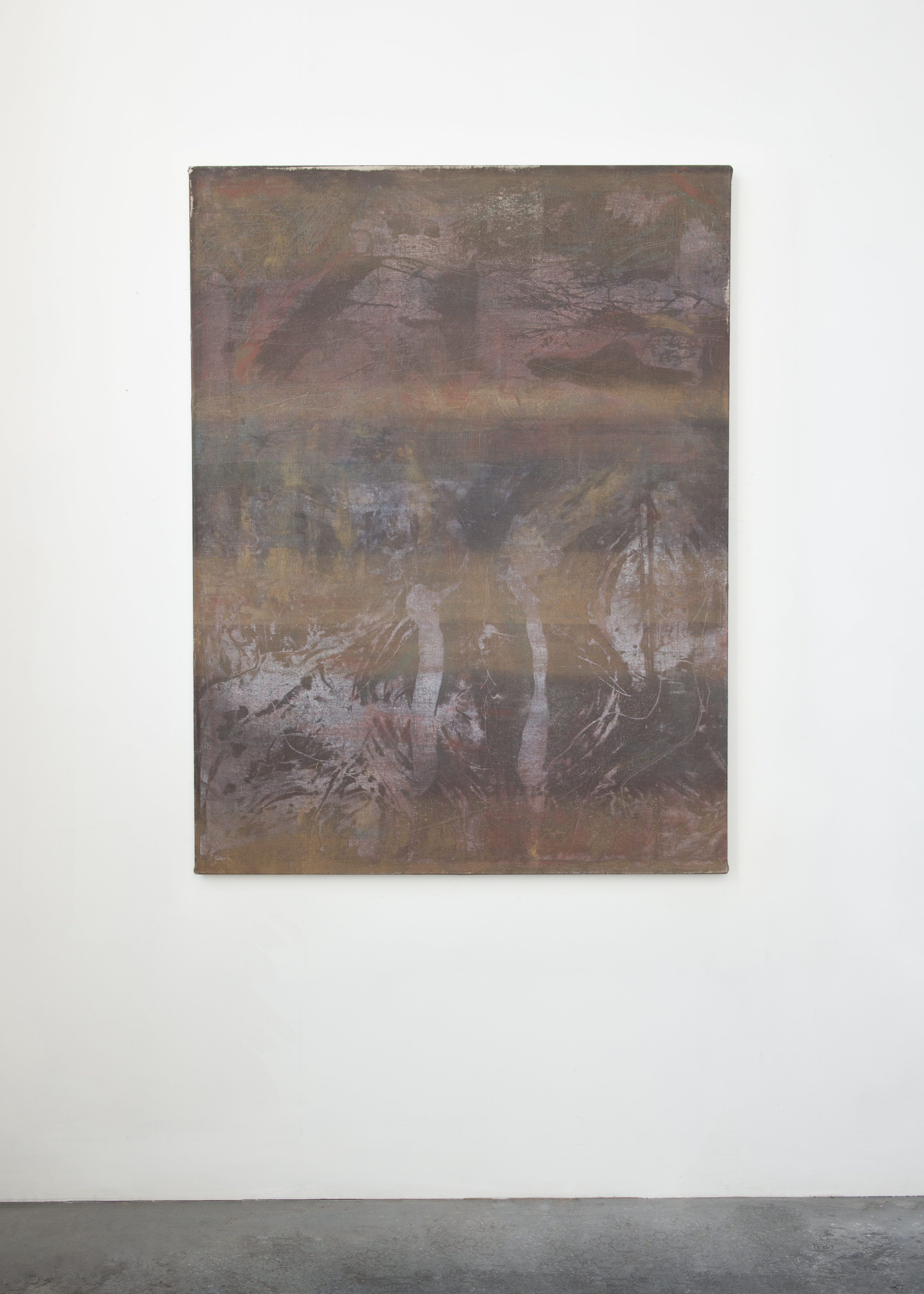
Sledi
Pigments and photograms, on linen


Atomic Lakes
Soil, pigments, photograms, on linen

Solntse
Soil and pigments, on linen
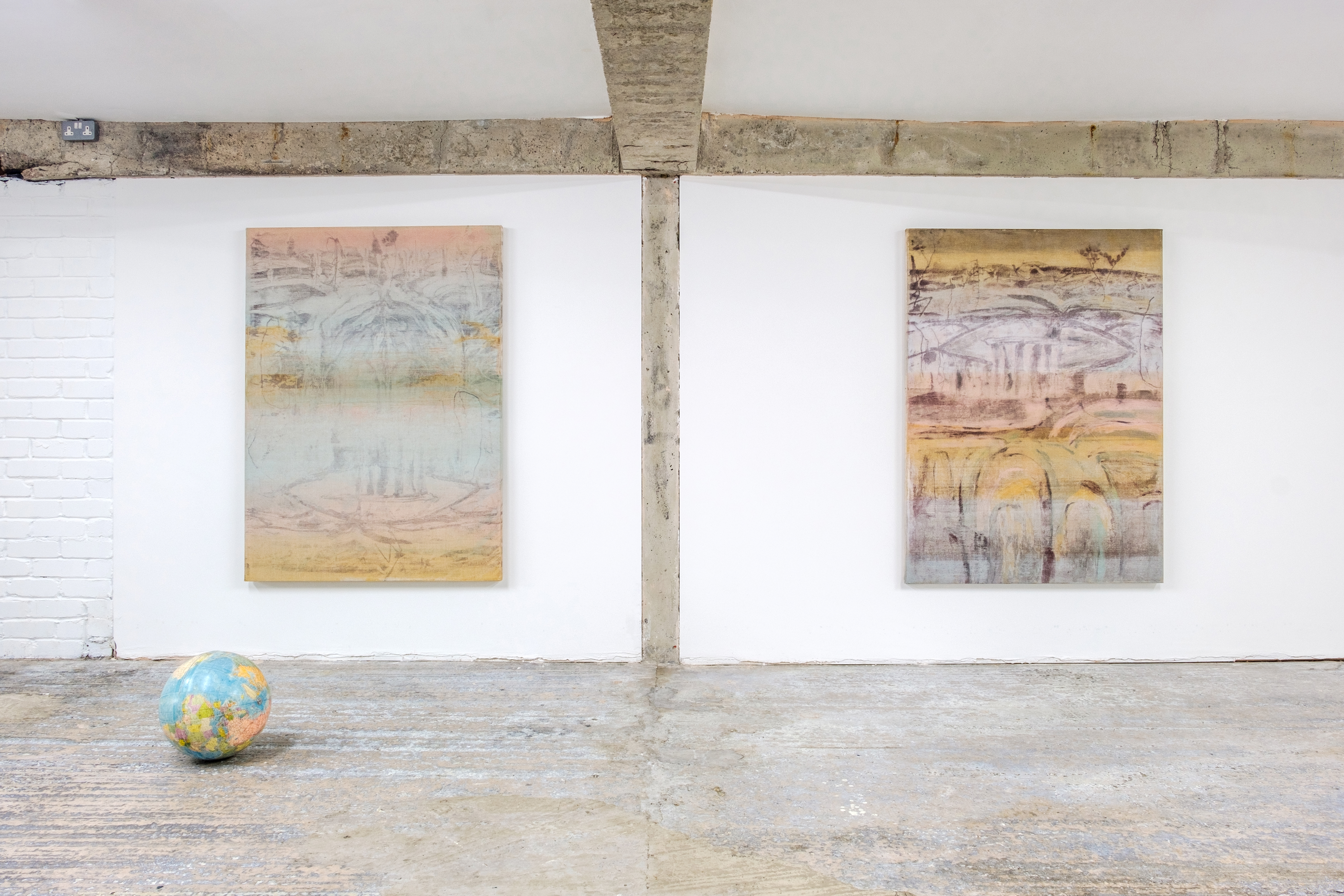
S1 (Sheffield)
installation view

Sunkissed
Cyanotype and pigments, on rice paper, on linen
Re-enchantment
Thaddaeus Ropac, Paris
2024
Thaddaeus Ropac, Paris
2024
Grotova begins her works in the darkroom, using traditional, analogue, camera-less photographic techniques to layer the presence of plants and her own body. In her most recent pieces, she also worked with her mother to create images of their two bodies. The images are then layered with earth and stone pigments, notably haematite – ‘the blood stone’. The strata and traces created by this process reflect the way in which soil archives its encounters, without hierarchy. The work’s stratification combined with its relationship to the non-hierarchical nature of soil, disrupts understanding of patriarchal, human-centric narratives, such as those of the totalitarianism.
Oona Doyle
Curator, Thaddaeus Ropac

‘I was born hours before Chernobyl, on 25th April 1986. This sentence holds two events. One a catastrophe that destroyed thousands of square kilometres of land and the lives of millions of people, and in the words of Svetlana Alexievich, the flow of time itself: ‘Chernobyl is, above all, a catastrophe of time’. The second is the event of birth, the happening between mother and daughter in which they separate, a splitting of a whole into two.
The lower part of Yadro (Nucleus), 2024 is a photogram of myself and my mother framed by ashy white weeds and a dance of marks. Always holding on to one another whilst being pulled apart, fixed by light whilst fading away.’
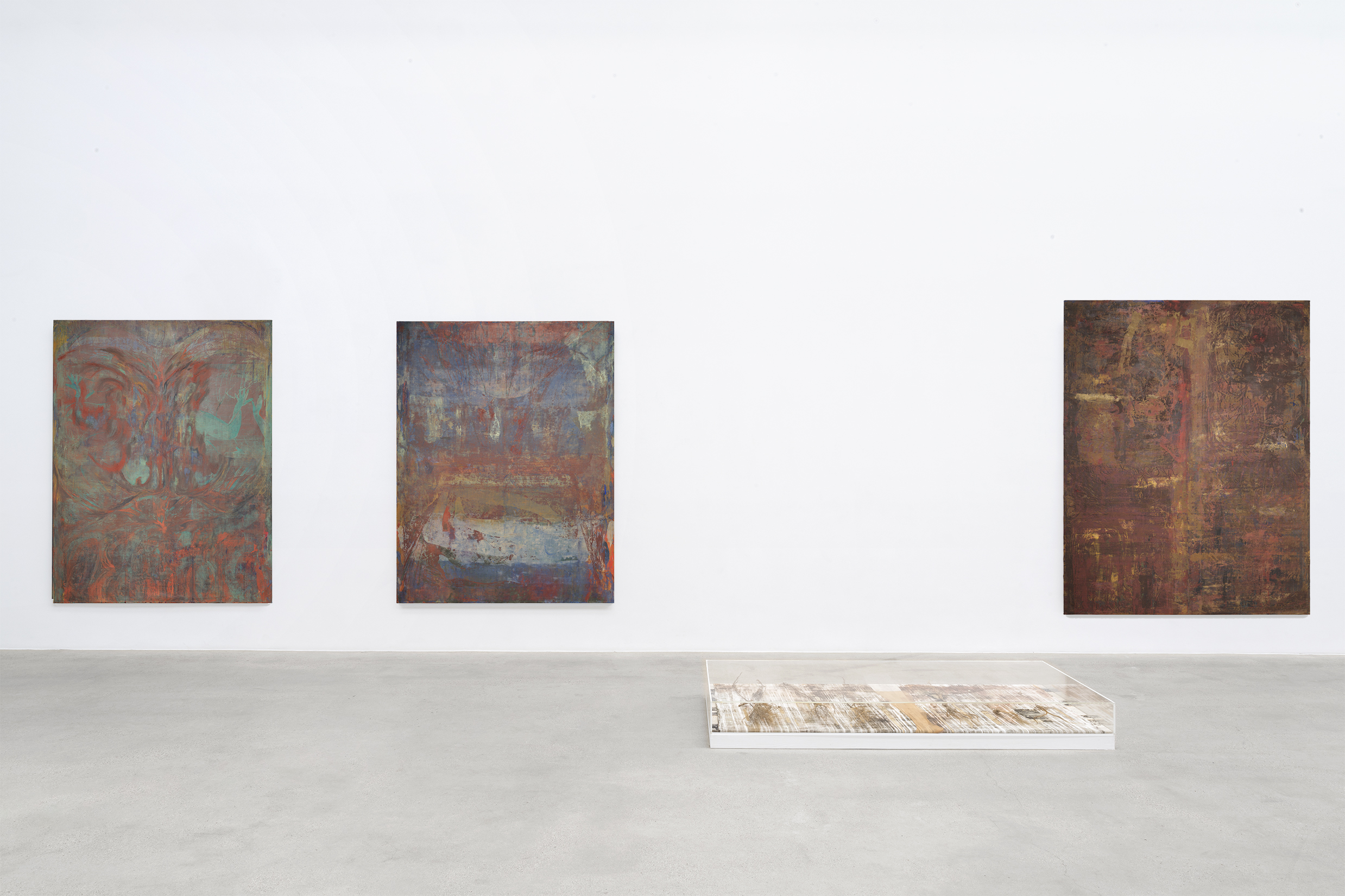

‘When my great
grandmother Klavdia was released from the camp of Wives of Traitors to the
Motherland she wasn’t allowed to return home but had to remain in Kazakhstan
for another fifteen years, until the death of Stalin. Thus, like other former
inmates of the camp, she got a job on the construction of the new railway — a
strategic route for coal transportation. The women were doing hard labour of
laying and servicing the tracks and lived in the designated shared barracks —
the ‘Railway builders’ town’. My half-German grandmother remembered how the
women would gather around the small stream in the end of the day to launder the
workwear, theirs and that of the male workers.’
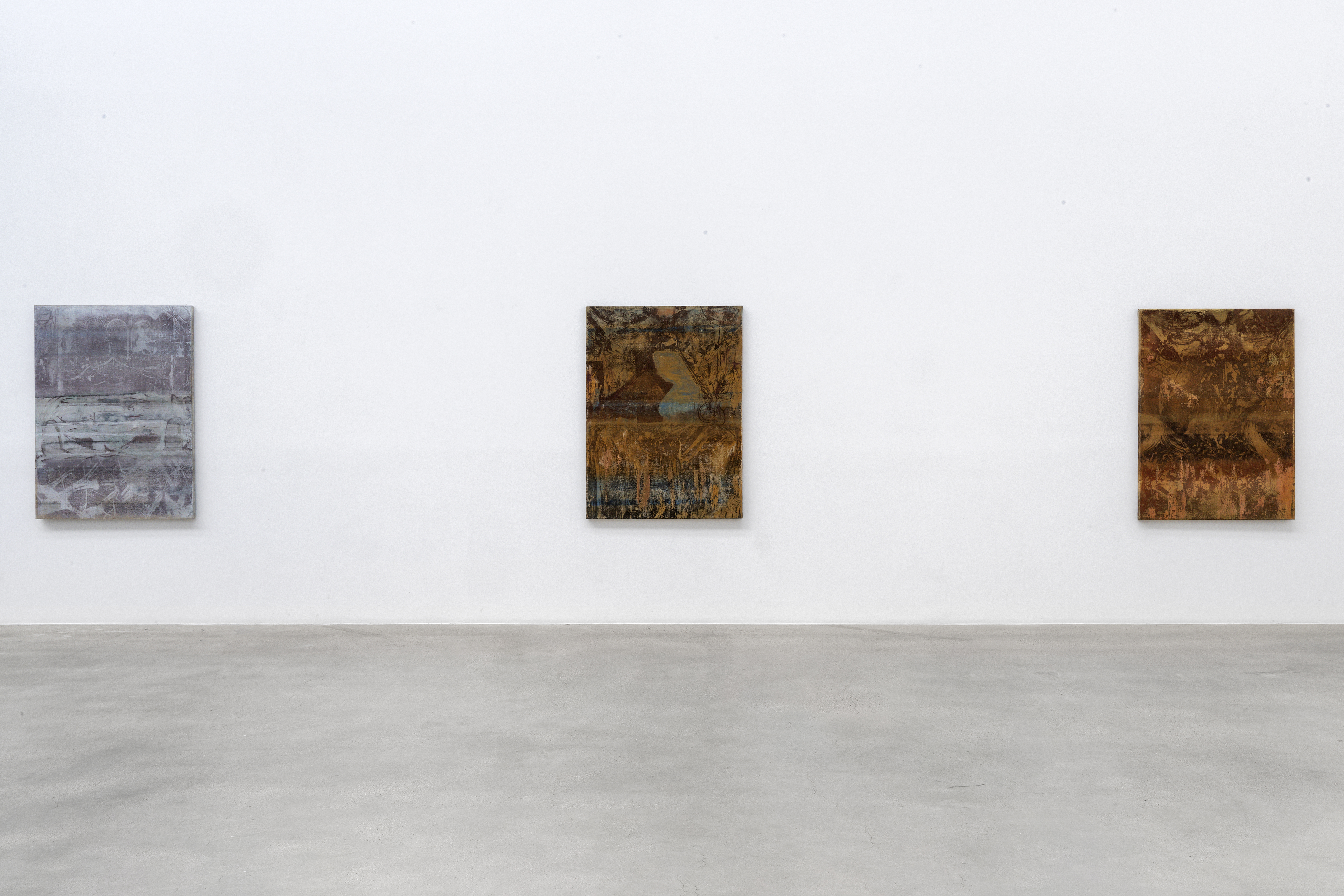

Soil Time, 2024
Mugwort, Soviet railway map, pages from Paysant Woman magazine (c.1950s), stocking, soil, ash
‘Soil Time, 2024 contains mugwort that my mother Tatiana and I collected on the research trip to the former site of the gulag camp of Wives of Traitors to the Motherland where my great-grandmother and grandmother were detained from 1937 to 1945. After the death of Stalin, the camp was raised to the ground and all the evidence of its existence was eradicated. What used to be a prison that housed thousands of women is now a field of grass: the plants are both witnesses of the land’s traumatic history and a symbol of its regeneration.
In the vitrine, plants are layered with Soviet propaganda images of women at work and the railway map that was used to transport coal from Kazakhstan to Russia which was built by former female inmates. The layered space makes connections between the land exploitation and the erased female histories.’
OLGA GROTOVA AND GRISELDA POLLOCK IN CONVERSATION
Studio Voltaire
May 2023
Olga Grotova was joined by renowned feminist art historian Griselda Pollock, in a discussion that centred on Grotova's practice-based research project, The Friendship Garden. Grotova and Pollock discussed the power of art, specifically film and painting, as mediums to examine historical and intergenerational trauma.
Through the lens of Pollock's work on concentrationism, affect and the aesthetics of resistance, they discussed the need for art that disturbs and interrupts dominant narratives, brings to light forgotten and obscured histories and that shakes or shocks us into action.
Studio Voltaire
May 2023
Olga Grotova was joined by renowned feminist art historian Griselda Pollock, in a discussion that centred on Grotova's practice-based research project, The Friendship Garden. Grotova and Pollock discussed the power of art, specifically film and painting, as mediums to examine historical and intergenerational trauma.
Through the lens of Pollock's work on concentrationism, affect and the aesthetics of resistance, they discussed the need for art that disturbs and interrupts dominant narratives, brings to light forgotten and obscured histories and that shakes or shocks us into action.
Watch here

Studio Voltaire, London
2023
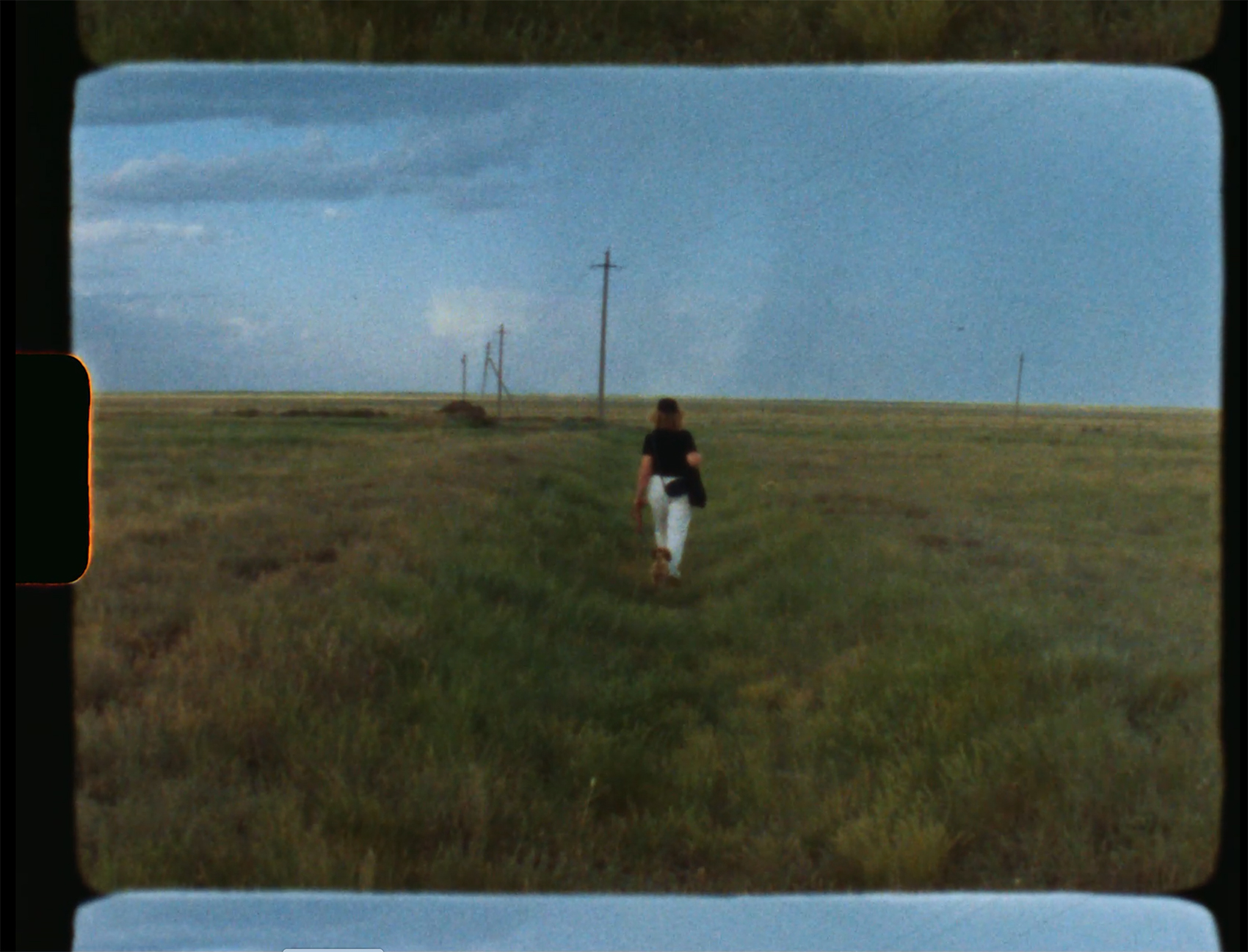
Olga Grotova’s solo exhibition comprises new work produced as part of the artist’s ongoing project, The Friendship Garden. This project explores the land cultivation practices of Soviet women and female resistance to the authoritarian state.
The Friendship Garden takes the history of the artist’s grandmothers’ garden in the Urals as a prompt to explore alternative economic systems based on friendship, cooperation, and care across diverse communities, diasporas and generations.
Through this marginalised female history, Grotova explores gardening as means of resistance to patriarchy and oppression and opens up public discussions about the consequences of Soviet and British colonialism, the body’s connection to the land and friendship as an alternative economic force. Whilst women and marginalised people still have to carve out spaces for themselves, gardens serve as a powerful tool to express oneself and thrive.
The project’s starting point is the history of ‘Friendship’, an allotment cooperative where Grotova’s great-grandmother, Klavdia, and her grandmother, Marina, had a plot for three decades from the 1960s, in the aftermath of their return from ALZHIR – an all-female gulag camp for ‘Wives of Traitors to the Motherland’.
The Friendship Garden takes the history of the artist’s grandmothers’ garden in the Urals as a prompt to explore alternative economic systems based on friendship, cooperation, and care across diverse communities, diasporas and generations.
Through this marginalised female history, Grotova explores gardening as means of resistance to patriarchy and oppression and opens up public discussions about the consequences of Soviet and British colonialism, the body’s connection to the land and friendship as an alternative economic force. Whilst women and marginalised people still have to carve out spaces for themselves, gardens serve as a powerful tool to express oneself and thrive.
The project’s starting point is the history of ‘Friendship’, an allotment cooperative where Grotova’s great-grandmother, Klavdia, and her grandmother, Marina, had a plot for three decades from the 1960s, in the aftermath of their return from ALZHIR – an all-female gulag camp for ‘Wives of Traitors to the Motherland’.
In a little-known and under-documented episode in Soviet history, thousands of foreign nationals who had moved to Russia in the 1930s were rounded up and executed, a violent and tragic exercise in scapegoating that left grief and trauma in its wake. The wives and children of these 'Traitors to the Motherland' were taken to an all-female gulag in Kazakhstan, and Grotova's great-grandmother Klavdia and grandmother Marina were among those forcibly moved there.
Later on, after their return from the gulag, Klavdia and Marina, like many other women, made their own allotment, continuing the practice of cooperation and mutual help that had been their lifeline. The 'Friendship Garden' privileged the core human value of attachment and care. Their garden’s timeline ran parallel to the Cold War but existed outside official history, instead existing in sync with the lunar cycles, plants, and lives of the female gardeners. The garden became a site where the women’s trauma could be processed through engagement with the land and with each other.
The installation frames Grotova's film, To my daughter I will say (2023), within a layered painted space that includes imprints of Grotova’s body, drawings, archival materials and gestures, bringing soil and plants found on research journeys into contact with the work’s complex narrative.
Later on, after their return from the gulag, Klavdia and Marina, like many other women, made their own allotment, continuing the practice of cooperation and mutual help that had been their lifeline. The 'Friendship Garden' privileged the core human value of attachment and care. Their garden’s timeline ran parallel to the Cold War but existed outside official history, instead existing in sync with the lunar cycles, plants, and lives of the female gardeners. The garden became a site where the women’s trauma could be processed through engagement with the land and with each other.
The installation frames Grotova's film, To my daughter I will say (2023), within a layered painted space that includes imprints of Grotova’s body, drawings, archival materials and gestures, bringing soil and plants found on research journeys into contact with the work’s complex narrative.



Our Grandmothers’ Gardens
The Rencontres d’Arles
2022
2022
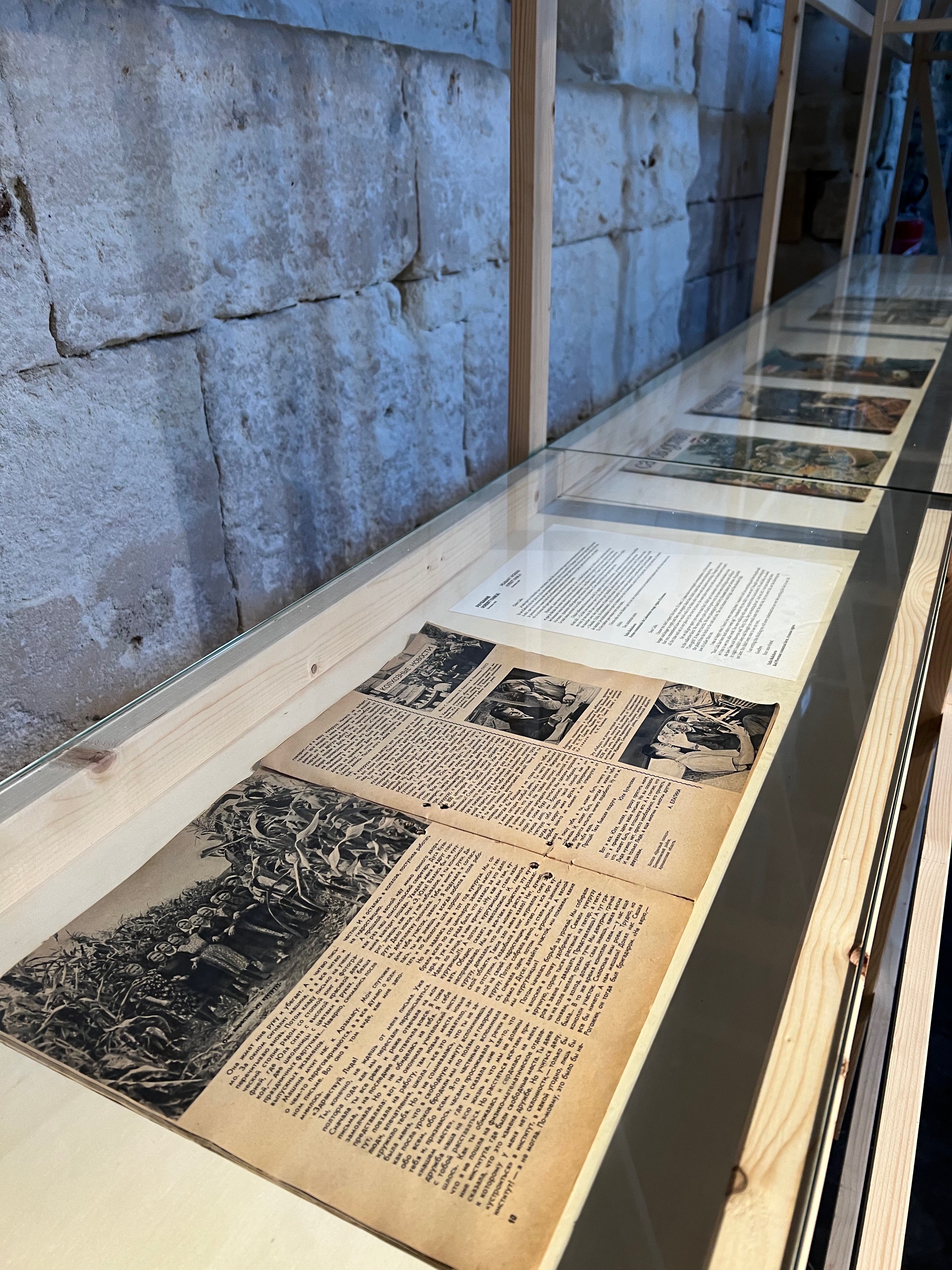
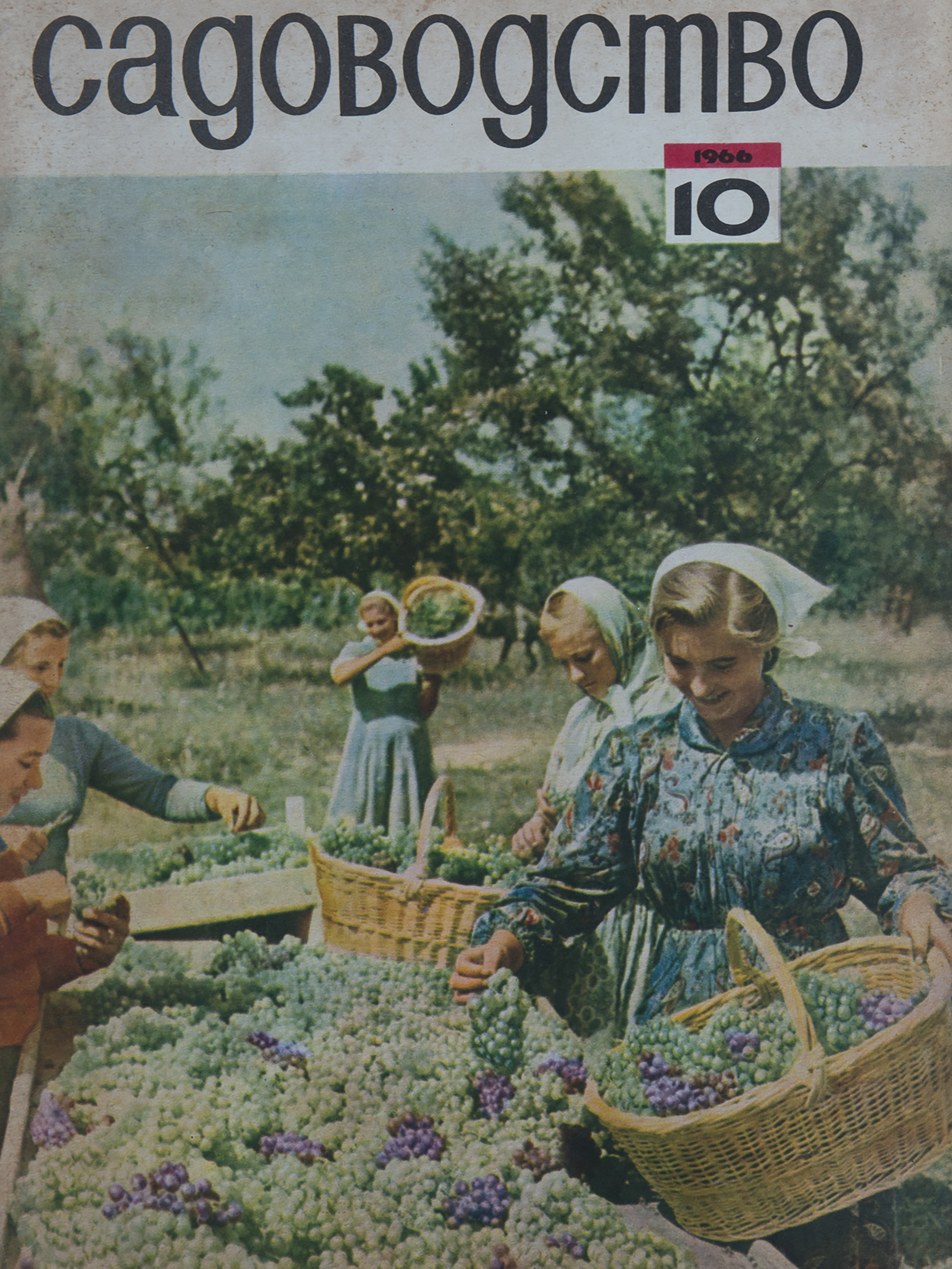
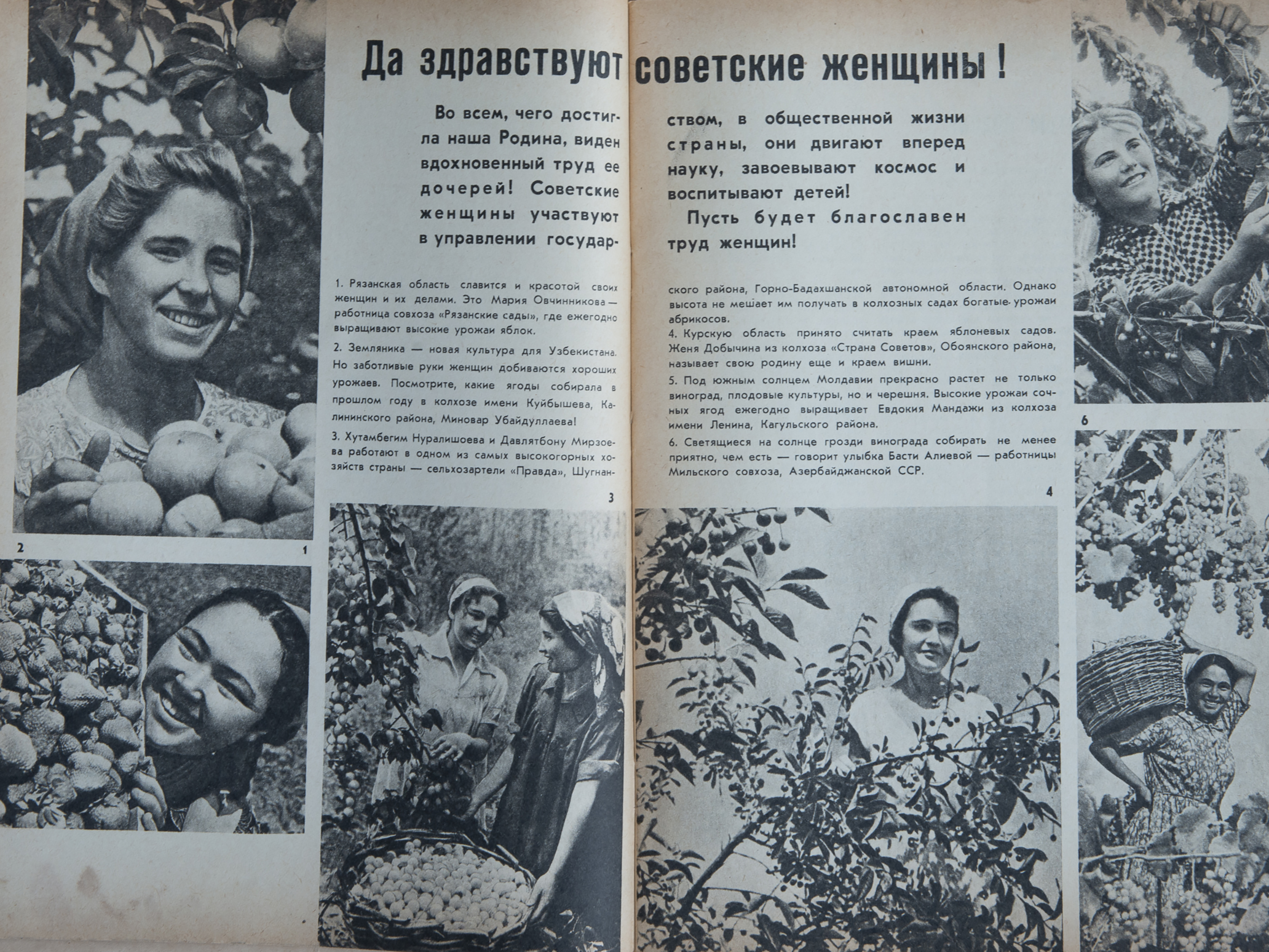

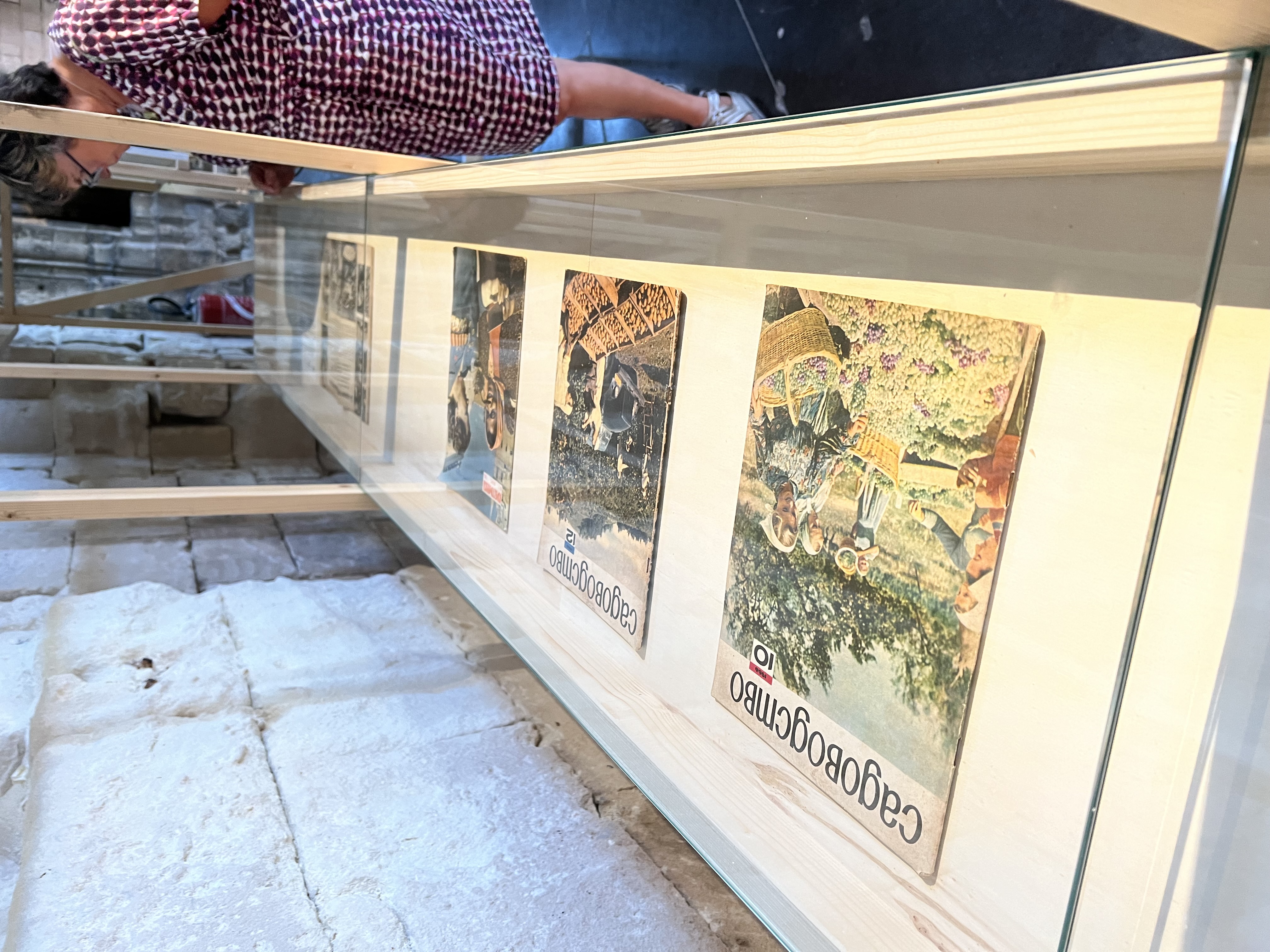
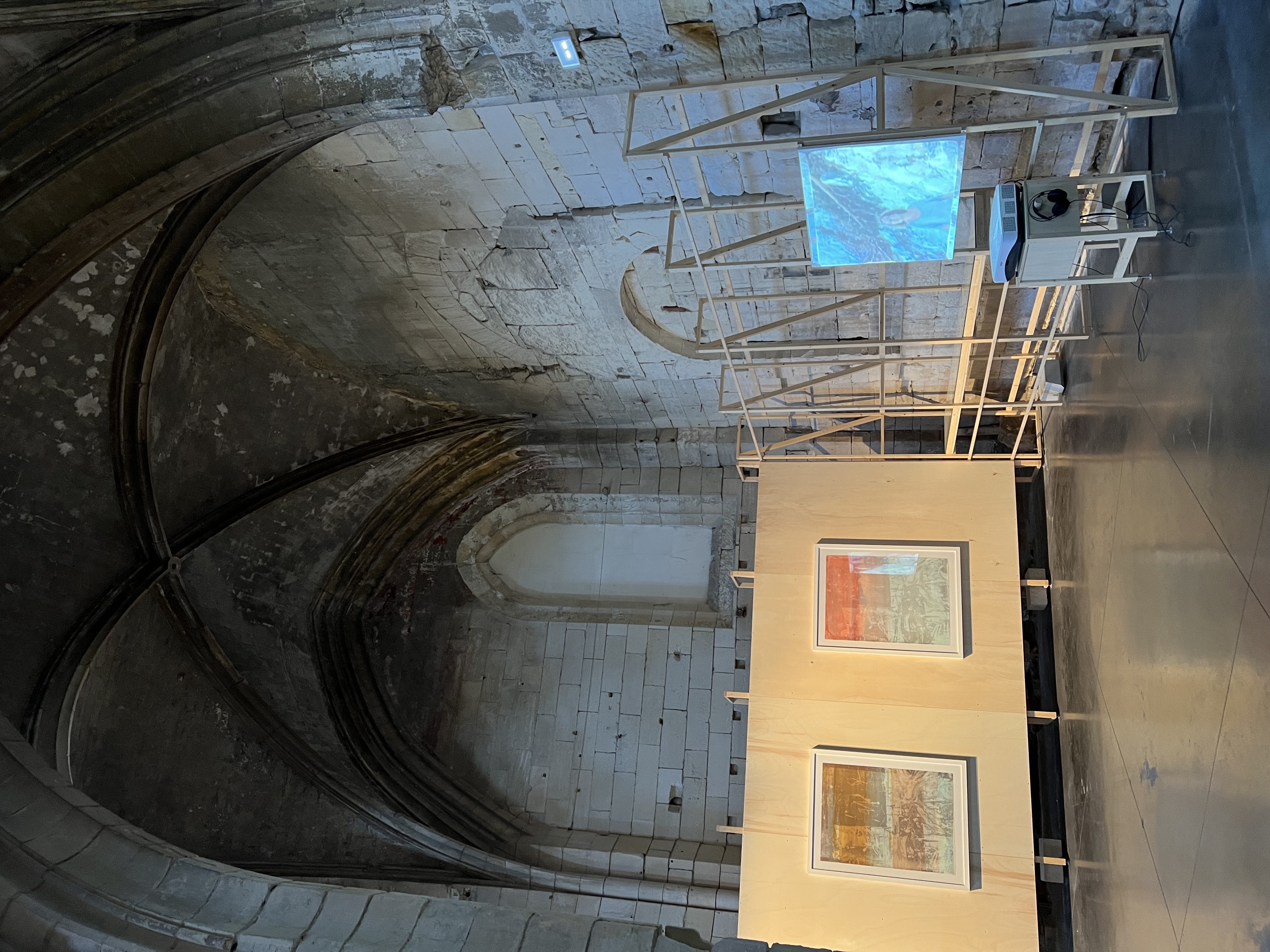
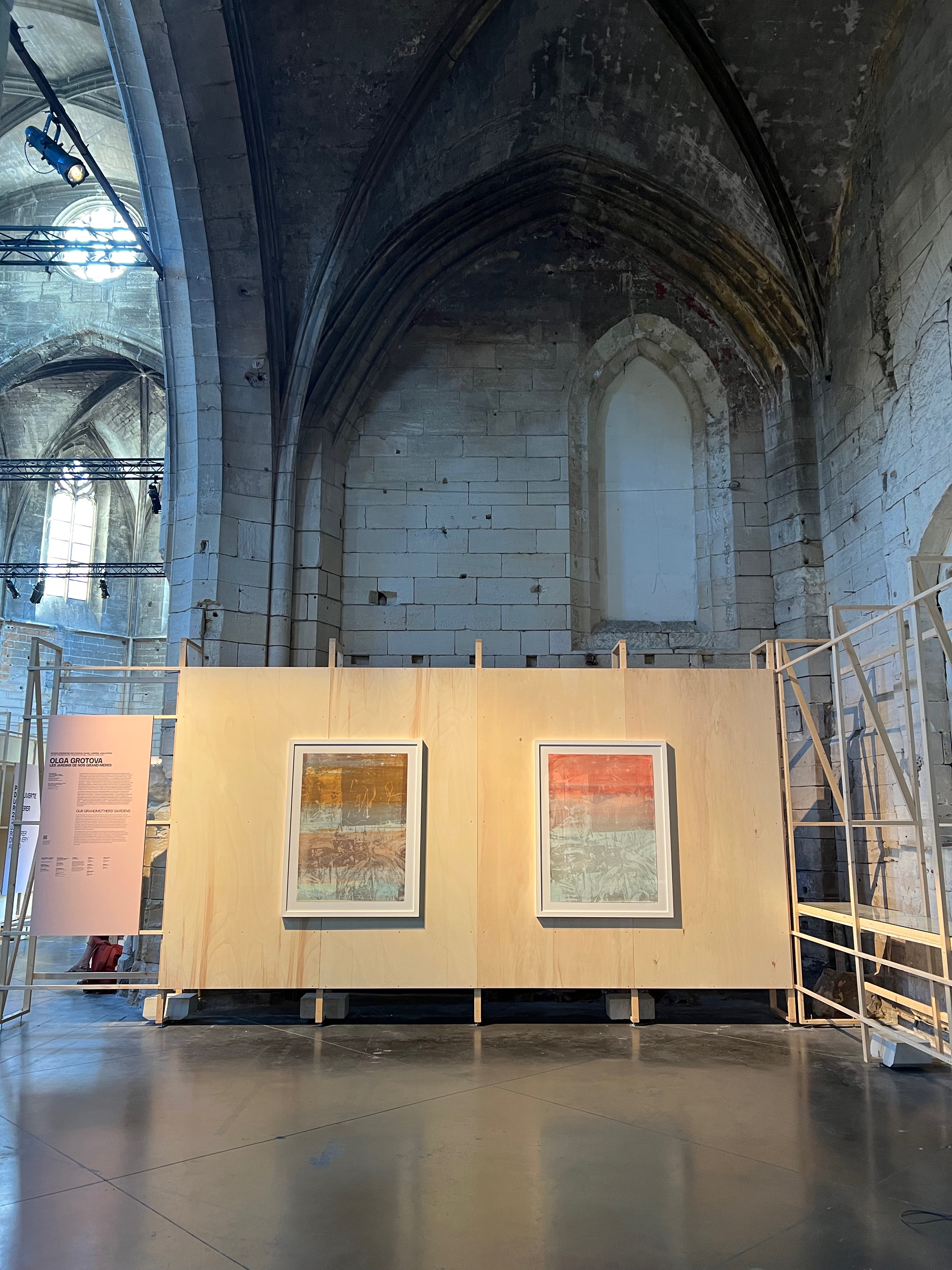


For the exhibition Our Grandmothers' Gardens, Olga Grotova tells the story of her ancestors and country using three media: a film, historical magazines, and two works on paper. The film recounts the artist’s return to the Ural Mountains with her mother. They go out to find a parcel of land that belonged to her great-grandmother in the Soviet era, then to her grandmother, ending up in collective ownership. The artist’s viewpoint on this space of true self-determination is a tribute to the agency of these women. In the archive, we see Soviet propaganda campaigns boasting of women farmers. Finally, completing the set, are two works on paper made by superimposing images and materials, notably that of earth taken from the gardens themselves.
Taous Dahmani, Curator
Taous Dahmani, Curator
The Friendship Garden
(Sound work)
(Sound work)
Paweł Althamer's Garden ‘Silence’
2022
2022
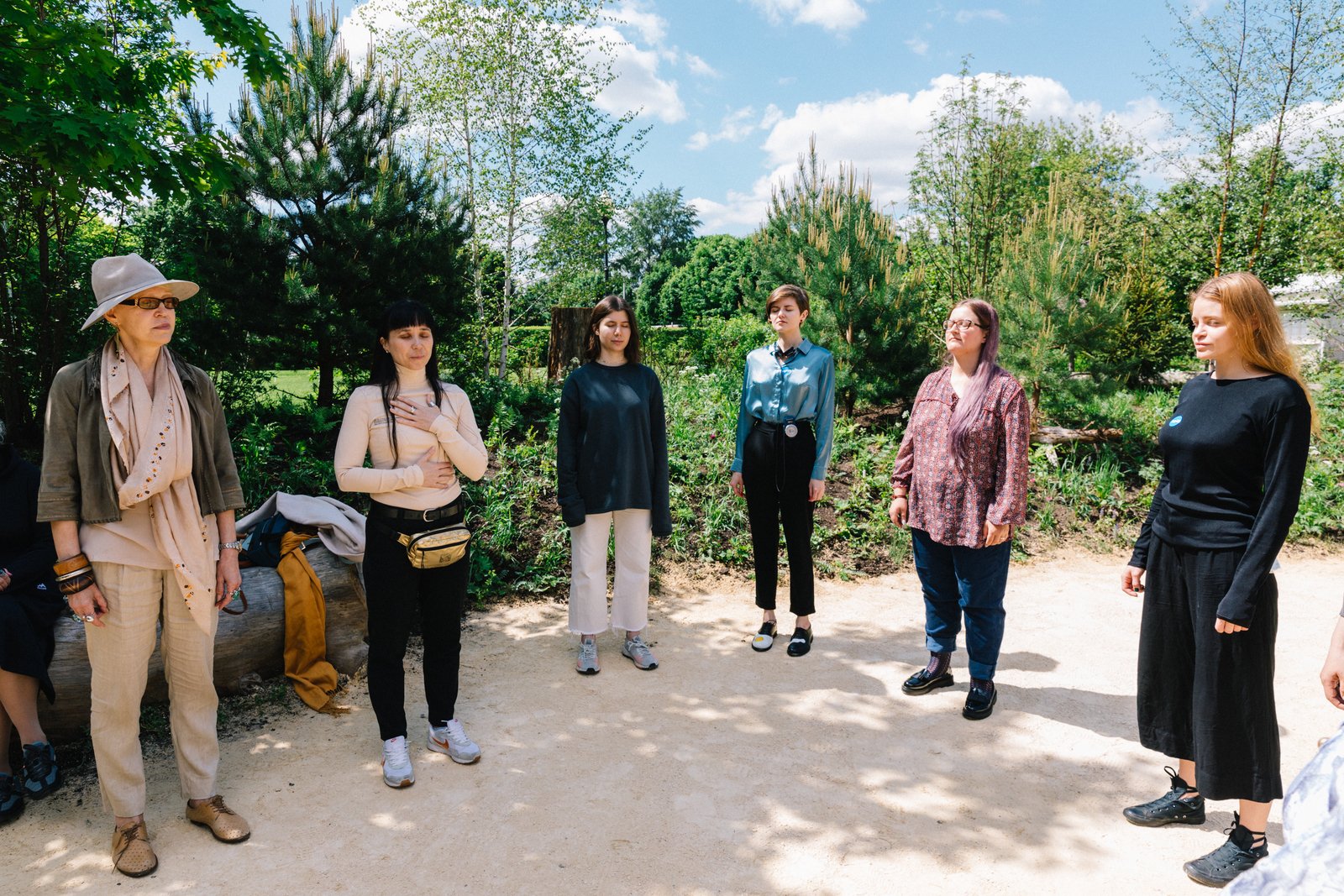
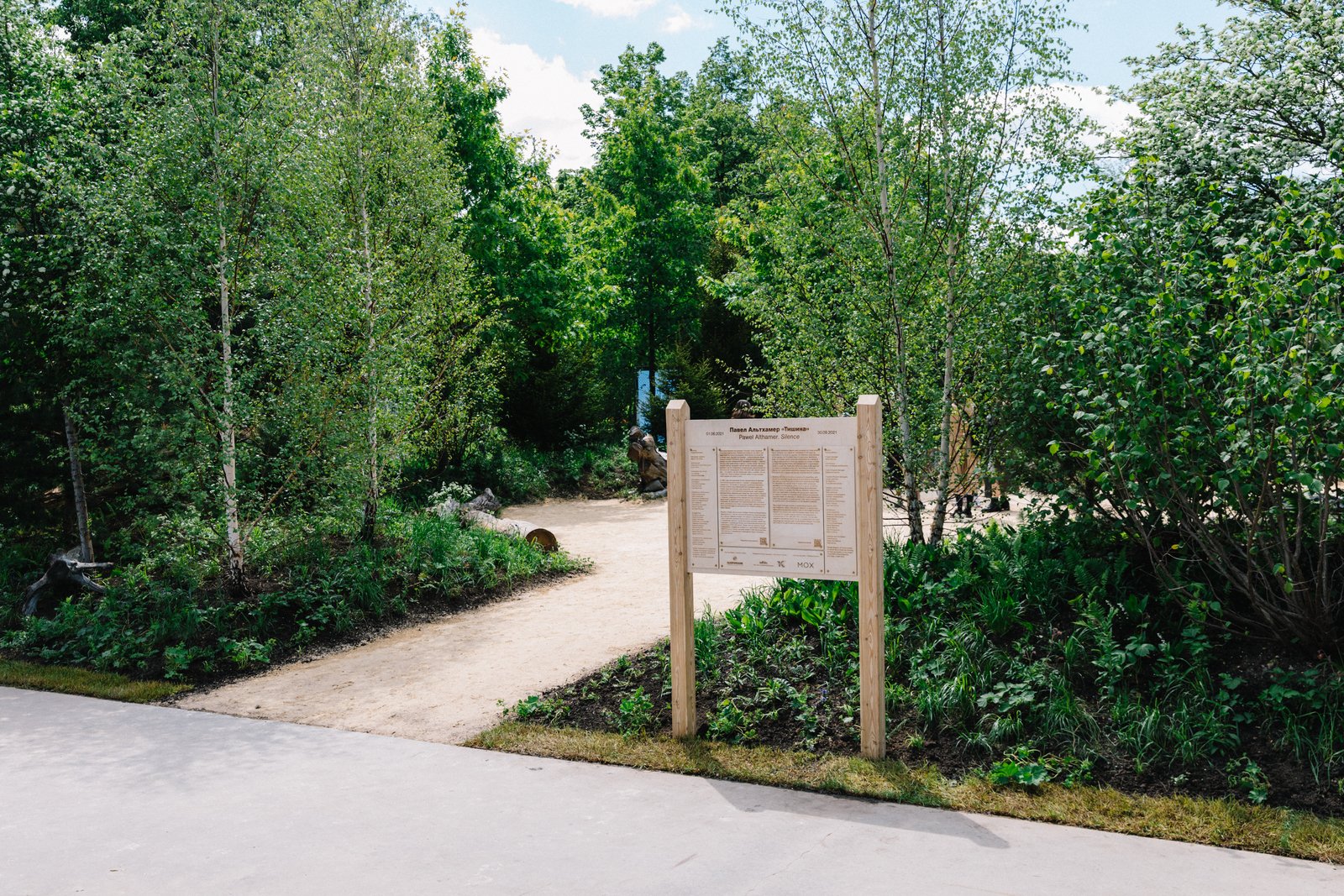
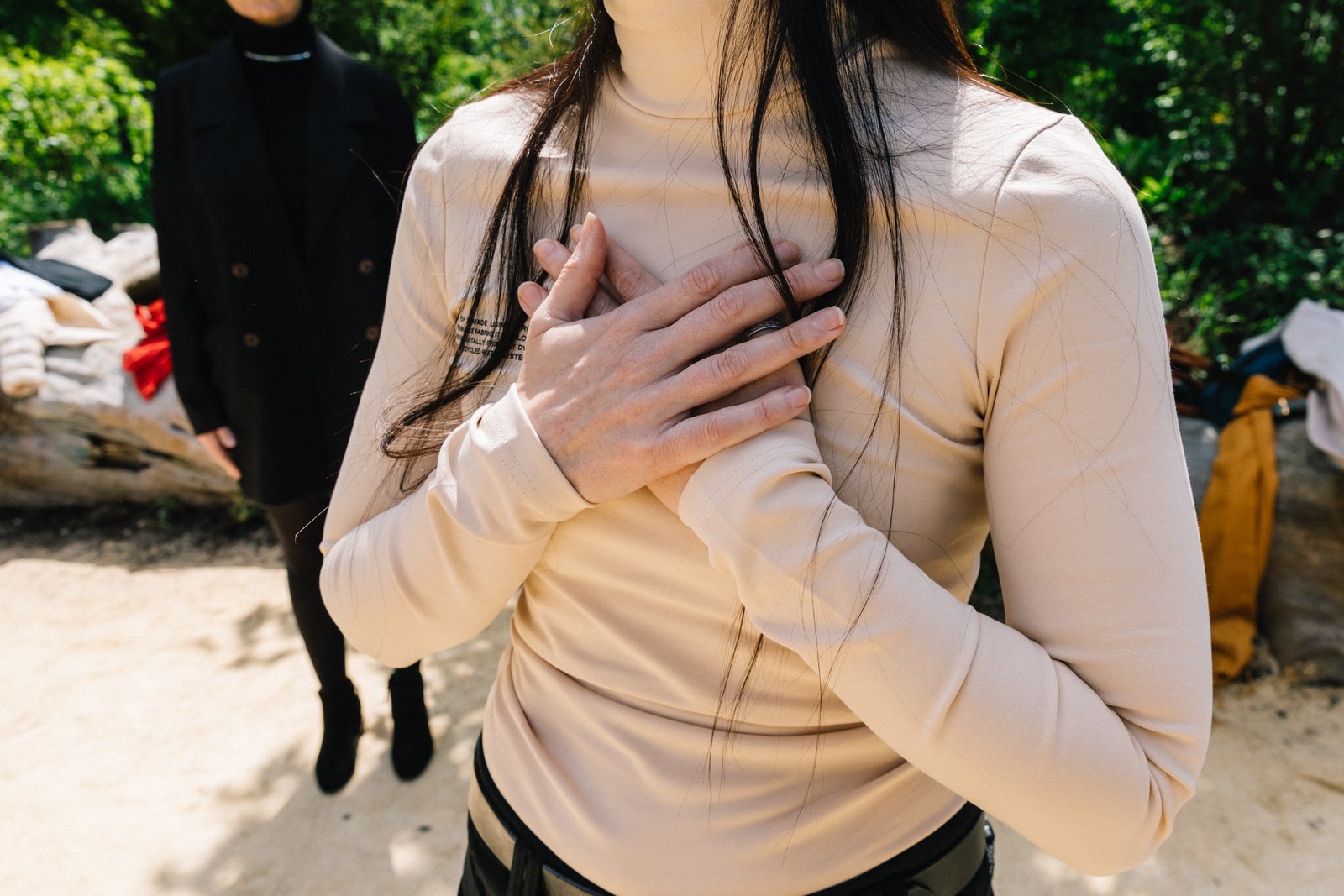
Paweł Althamer's installation Silence
Photo: Dmitry Shumov

Mum, Kazakhstan, 8mm film, 2022
The Friendshio garden is a sound work included in the spatial installation Silence by Paweł Althamer.
The work is based on the poem about my grandmothers’ return to Urals after imprisonment in the Camp for Wives of Traitors to the Motherland in the 1930s.
To Althamer, each element of the garden—be it a fallen tree or a particular deciduous bush—is a hidden quote, while the composition as a whole is a unique environment where the restless city dweller of today can alter the regime of time, as if transported to a picturesque space in a past era, where the rhythm and pace of life were not by default accelerated to the limit.
The work can be listened to online via the Soundcloud (in Russian)